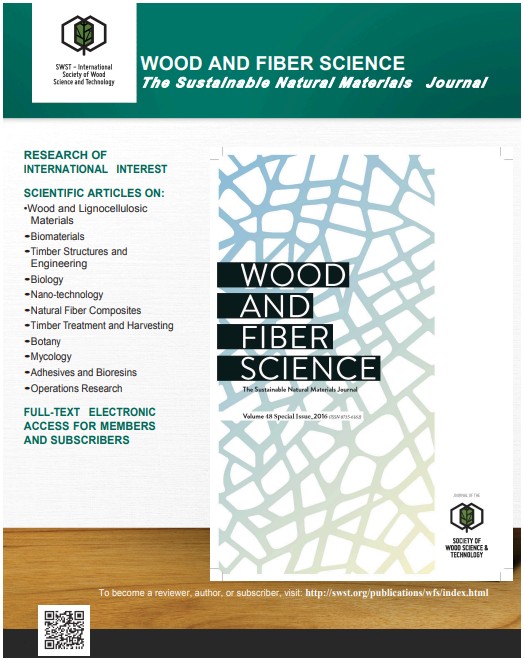
January 5, 2026

The Research Institute of the Conservation Centre at the Institute for the Protection of Cultural Heritage of Slovenia (ZVKDS) opened the new Laboratory for Characterisation of Ligno-cellulosic Materials. The official ceremony took place on 7 November 2019 where new laboratory equipment was presented to the public.
Janez Kromar, director of ZVKDS, expressed his happiness and pride.
“This is an institution which was dealing with heritage mostly from the administrative point of view,” he said. “For the first time, we are present in the science area with high technological equipment, together with the University of Primorska and the InnoRenew CoE.”
ZVKDS is contributing significantly to cultural heritage research and is, after the Pulp and Paper Institute, the second partner of the InnoRenew project to complete its infrastructure investment. ZVKDS has established a research infrastructure for the characterization and degradation studies of processed ligno-cellulosic materials of cultural heritage.
“We acquired seven sets of analytical research equipment for the study of cultural heritage materials in a very advanced way,” said Dr Polonca Ropret, head of Research Institute of the Conservation Centre at ZVKDS.
The new research equipment enables upgraded heritage research, which is significantly contributing to better planning of conservation interventions and, thus, the preservation of heritage. In addition, it is advancing the InnoRenew CoE start-up and core projects and placing ZVKDS at an important position within the emerging European Heritage Science Infrastructure (E-RIHS).
At the official opening ceremony, Dr Andreja Kutnar, project leader and InnoRenew CoE director, shared with the audience that in such a small country as Slovenia, great results can only be achieved with interdisciplinary research.
“In the project, we connected cultural heritage science with wood science, engineering, paper and so on,” said Dr Kutnar.
“Today we can show many examples where we successfully connected such diverse areas of research,” she added. “I believe that this laboratory will be the one that will connect us after the end of the project, which is also the goal since we want to continue with collaboration and further develop it.”
The event was also attended by representatives from the Ministry of Culture and the Ministry of Education, Science and Sport.
Everyone is kindly invited to see the video, made by colleagues at the University of Primorska, and listen to a detailed description of the happenings at the new laboratory’s opening ceremony.